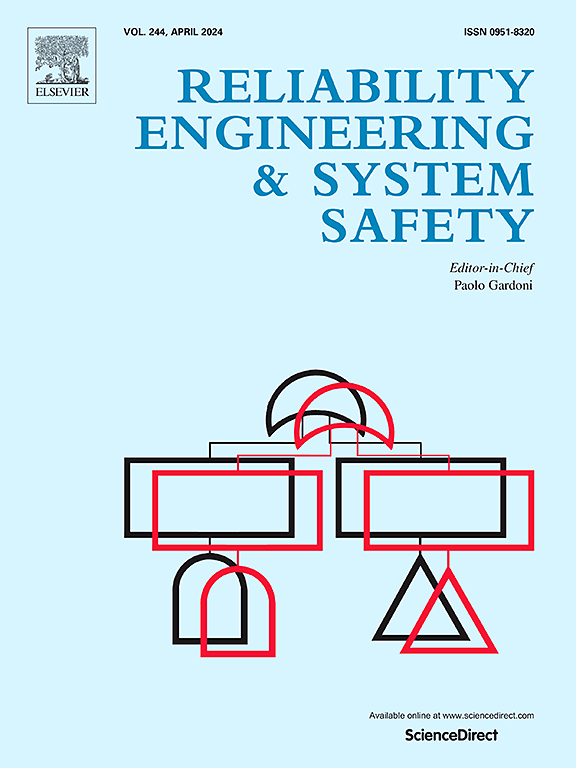基于物理的深度学习虚拟轨道列车轨迹跟踪控制
IF 9.4
1区 工程技术
Q1 ENGINEERING, INDUSTRIAL
引用次数: 0
摘要
轨迹跟踪控制是虚拟轨道列车(vrt)面临的一个关键挑战,它直接影响到跟踪精度、路径宽度要求和运行安全性。传统的基于模型的控制方法与非线性动力学作斗争,需要高度精确的系统模型,而纯数据驱动的深度学习方法缺乏物理可解释性和鲁棒性。为了解决这些挑战,本文提出了一种新的基于物理的深度学习控制策略,该策略将拉格朗日动力学方程集成到深度神经网络中,形成深度拉格朗日神经网络(DLNN)。这种方法确保了学习到的控制模型在捕捉复杂车辆动态的同时保留了基本的物理特性。DLNN作为控制框架内的逆模型,将期望的轨迹映射到控制输入。圆形、变道和避障机动的实验结果表明,与传统的基于多层感知器(MLP)的模型相比,DLNN模型显著降低了横向偏差和偏航率误差。DLNN在不同的轨迹几何上表现出强大的泛化能力,并受益于在线学习,允许持续适应新的驾驶条件。这些发现突出了基于物理的深度学习在智能轨道交通系统中的潜力,为虚拟轨道列车轨迹跟踪提供了更准确、可解释和健壮的控制框架。本文章由计算机程序翻译,如有差异,请以英文原文为准。
Physics-informed deep learning for virtual rail train trajectory following control
Trajectory-following control is a crucial challenge for virtual rail trains (VRTs), directly impacting tracking accuracy, path width requirements, and operational safety. Traditional model-based control methods, struggle with nonlinear dynamics and require highly accurate system models, while purely data-driven deep learning methods lack physical interpretability and robustness. To address these challenges, this paper proposes a novel Physics-Informed Deep Learning Control Strategy that integrates Lagrangian dynamics equations into a deep neural network, forming a Deep Lagrangian Neural Network (DLNN). This approach ensures that the learned control model retains essential physical properties while capturing complex vehicle dynamics. The DLNN serves as an inverse model within the control framework, mapping desired trajectories to control inputs. Experimental results on circular, lane-change, and obstacle-avoidance maneuvers demonstrate that the DLNN model significantly reduces lateral deviation and yaw rate errors compared to traditional Multi-Layer Perceptron (MLP)-based models. The DLNN exhibits strong generalization capability across different trajectory geometries and benefits from online learning, allowing continuous adaptation to new driving conditions. These findings highlight the potential of physics-informed deep learning in intelligent rail transit systems, providing a more accurate, interpretable, and robust control framework for virtual rail train trajectory following.
求助全文
通过发布文献求助,成功后即可免费获取论文全文。
去求助
来源期刊

Reliability Engineering & System Safety
管理科学-工程:工业
CiteScore
15.20
自引率
39.50%
发文量
621
审稿时长
67 days
期刊介绍:
Elsevier publishes Reliability Engineering & System Safety in association with the European Safety and Reliability Association and the Safety Engineering and Risk Analysis Division. The international journal is devoted to developing and applying methods to enhance the safety and reliability of complex technological systems, like nuclear power plants, chemical plants, hazardous waste facilities, space systems, offshore and maritime systems, transportation systems, constructed infrastructure, and manufacturing plants. The journal normally publishes only articles that involve the analysis of substantive problems related to the reliability of complex systems or present techniques and/or theoretical results that have a discernable relationship to the solution of such problems. An important aim is to balance academic material and practical applications.
 求助内容:
求助内容: 应助结果提醒方式:
应助结果提醒方式:


